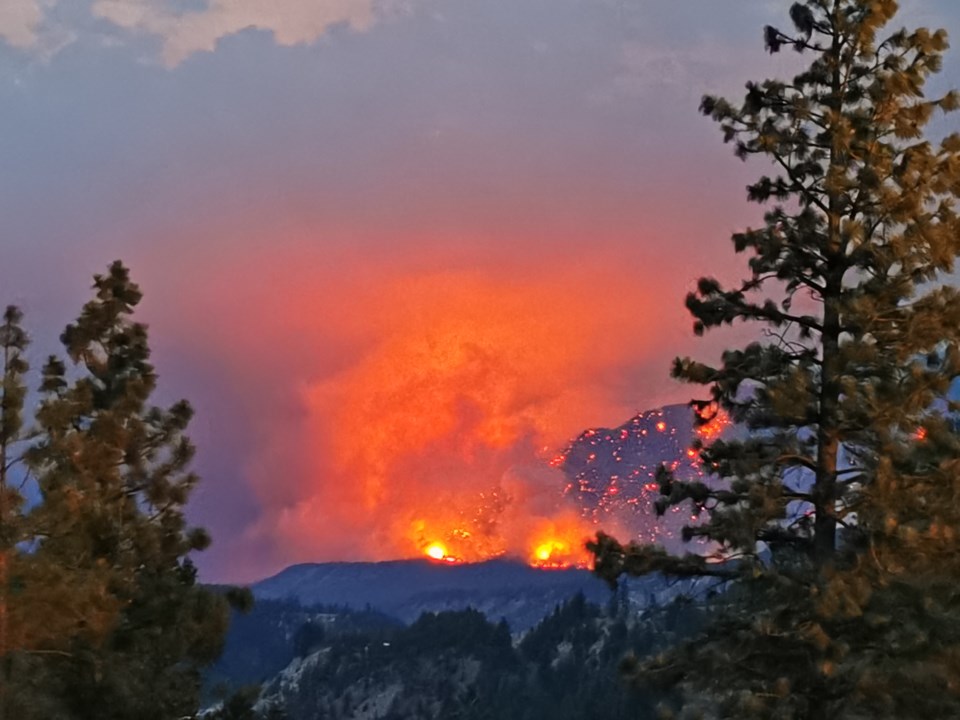We should know within weeks whether a relatively recent shift in government response to wildfires is having the desired effect, or whether the changes brought on by climate change will prove too daunting.
By all accounts, –°¿∂ ”∆µ is likely heading into its worst wildfire season in the province’s history, dwarfing even the catastrophic years of 2017 and 2018, which saw an average of 1,700 fires consume more than 1.2 million hectares each year.
Over the last century, forest services and governments of all stripes have adopted all kinds of strategies when it comes to dealing with wildfires. From the “let it burn” approach to zero tolerance to prescribed burning to co-existing; the strategies change because the wildfires keep happening.
After 2017 and 2018, the –°¿∂ ”∆µ NDP government gradually moved to a “365 day” approach that deploys work crews year-round to do prep work in the forests, to mitigate the damage caused by wildfire as much as possible.
Last week, Premier David Eby reminded reporters that this new approach is now in place.
“For the province, it’s been critical for us to make sure we have our fire service working year-round now so we’re not trying to spool up the fire service at the beginning of the fire season so they’re able to prepare throughout the entire year,” Eby said, adding: “We have 300 additional wildfire firefighters who are now part of our provincial team.”
Some of that prep means working closely with First Nations and municipalities in regions prone to wildfires. It also involves clearing debris off the forest floor, thus depriving wildfires of a potential fuel source.
But will all this prep work be enough?
Certainly, the last four wildfire seasons have been relatively benign, except for 2021 when, among other things, the town of Lytton burned to the ground and almost 900,000 hectares were burned.
However, several factors are coming into play that make this season particularly worrisome.
A combination of a prolonged drought, record high temperatures and little precipitation has forest and wildfire service workers sounding the alarm.
If the month of June remains dry, that sets the stage for a potentially catastrophic summer. By the time July rolls around, the forests will be so dry that lightning strikes could ignite all kinds of infernos.
The key will be how many “interface” fires are caused. These are the kind of wildfires that approach nearby communities, forcing mass evacuations and threatening homes and other structures.
So far this season, more than a half million hectares have been consumed by wildfires. That is more than the entire season total for 16 of that last 20 years, and we still have more than two months to go.
Thankfully, as of this writing, only the northeast town of Tumbler Ridge has faced an evacuation order. But the odds favour many more evacuation orders being issued this summer (along with highway closures).
The prospect of a bad wildfire season will no doubt put a lot of towns, particularly in the Interior, on edge throughout the summer. But it has implications when it comes to travelling around the province as well.
In fact, if you’re planning a road trip around –°¿∂ ”∆µ this summer, do lots of planning. Is there more one road out of where you are heading? Do you have emergency provisions, etc.?
Let’s hope the newish approach of year-round prep work pays off. So far, so good. But it’s a long summer.
Keith Baldrey is chief political reporter for Global –°¿∂ ”∆µ.



